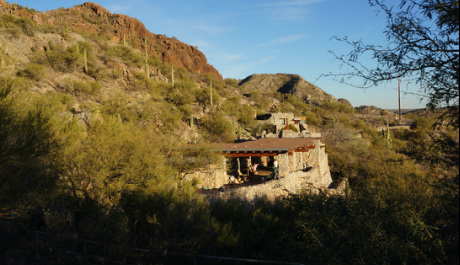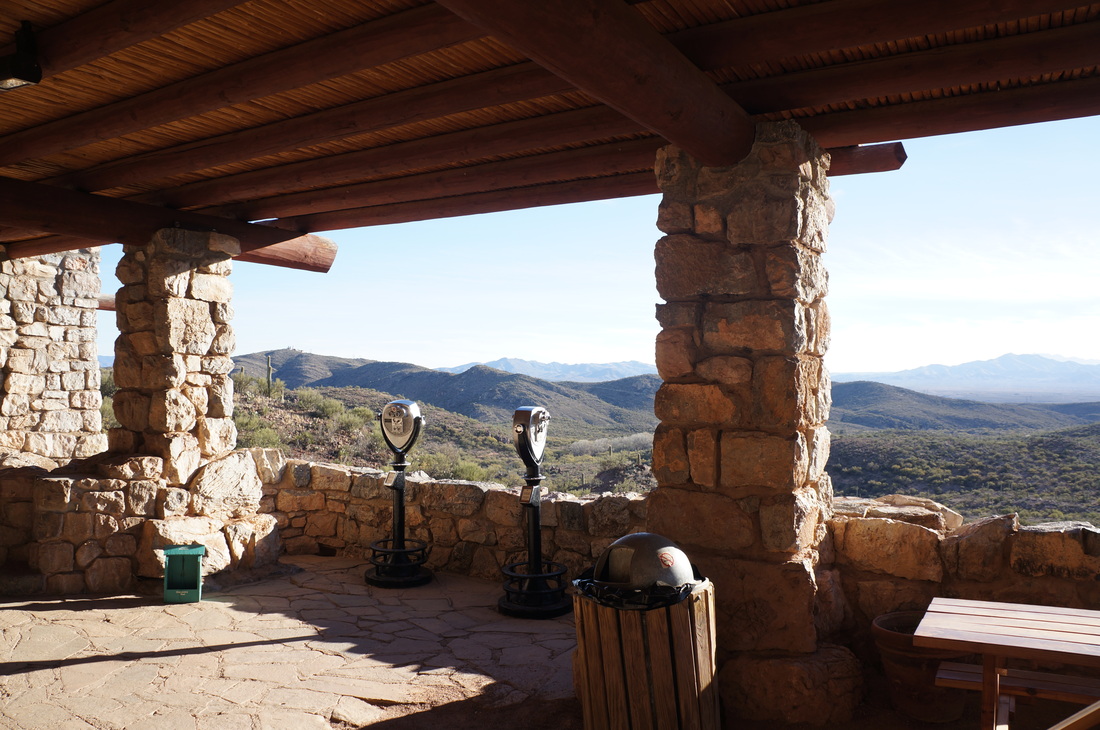2014 HALS CHALLENGE NOMINATION | LANDSCAPES OF THE NEW DEAL
COLOSSAL CAVE MOUNTAIN PARK
|
One of the oldest designed tourist attractions in the Tucson area and among the few cave systems developed nationally by the Civilian Conservation Corps, Colossal Cave Mountain Park represents an extremely well preserved example of the goals, ethics and labor of the CCC in southern Arizona. For four years Camp SP10-A, one of the largest CCC camps in the state, was installed adjacent the Cave Park at the historic Posta Quemada Ranch, where many remains of the original CCC facilities still exist. During that time, the boys of the CCC constructed a park setting utilizing local materials and a park rustic style of architecture that served to enhance and harmonize with the unique desert environment. The significance of this site as a Civilian Conservation Corps landscape is derived from the prominent and effective implementation of the CCC style within the park, including a sensitivity to the local environs in and around the cave and the creation of framed vistas that capitalize on the area’s natural splendor. A highly unique attraction, Colossal Cave is one of the largest cave systems in the United States, and the CCC took great care in melding functional infrastructure with the natural formations. Throughout the park, the needs of visitors and necessities of a functional tourist attraction were considered and executed in a way that complimented the natural setting. From the building materials used, to the integrated placement of structures within the topography of the park, the work of the CCC at Colossal Cave Mountain Park represents a remarkable and conscientious enterprise that greatly benefited the state of Arizona and the Tucson area. To this day, the well-preserved CCC infrastructure at Colossal Cave Mountain Park stands virtually unchanged, continuing to serve southern Arizona today as a popular tourist destination and scenic retreat, in the same manner as it was originally intended, over 80 years ago.
|
PRESS |

